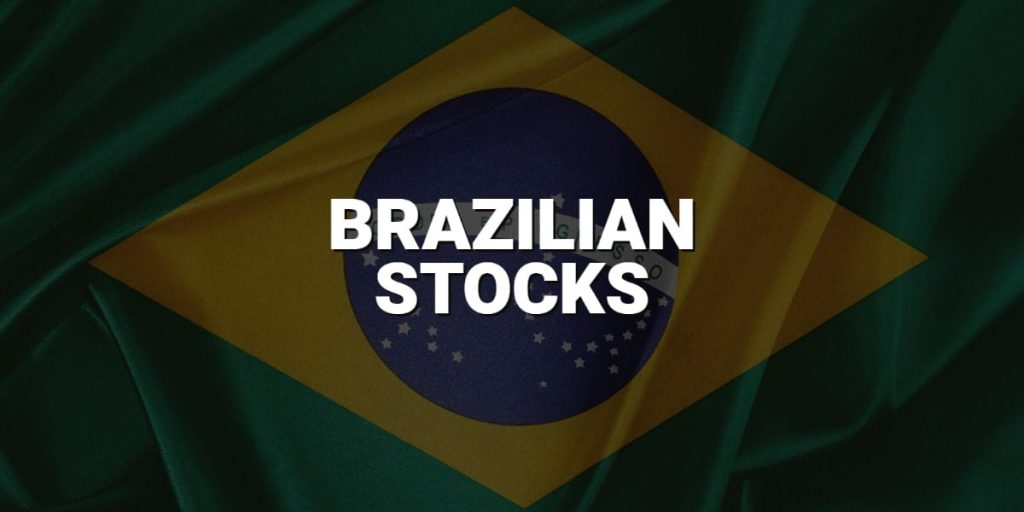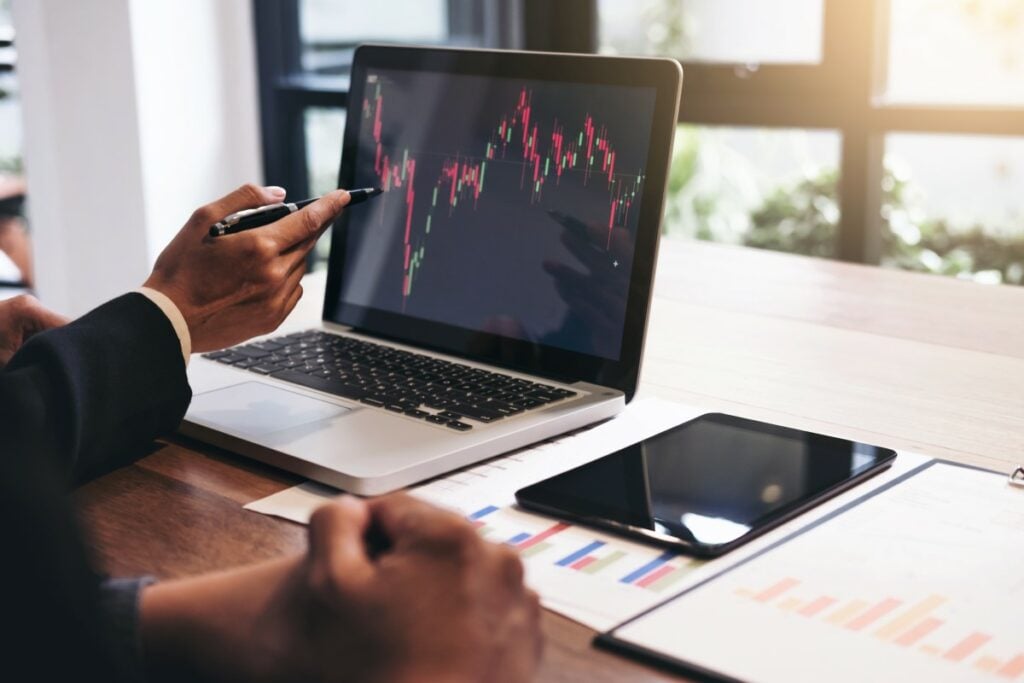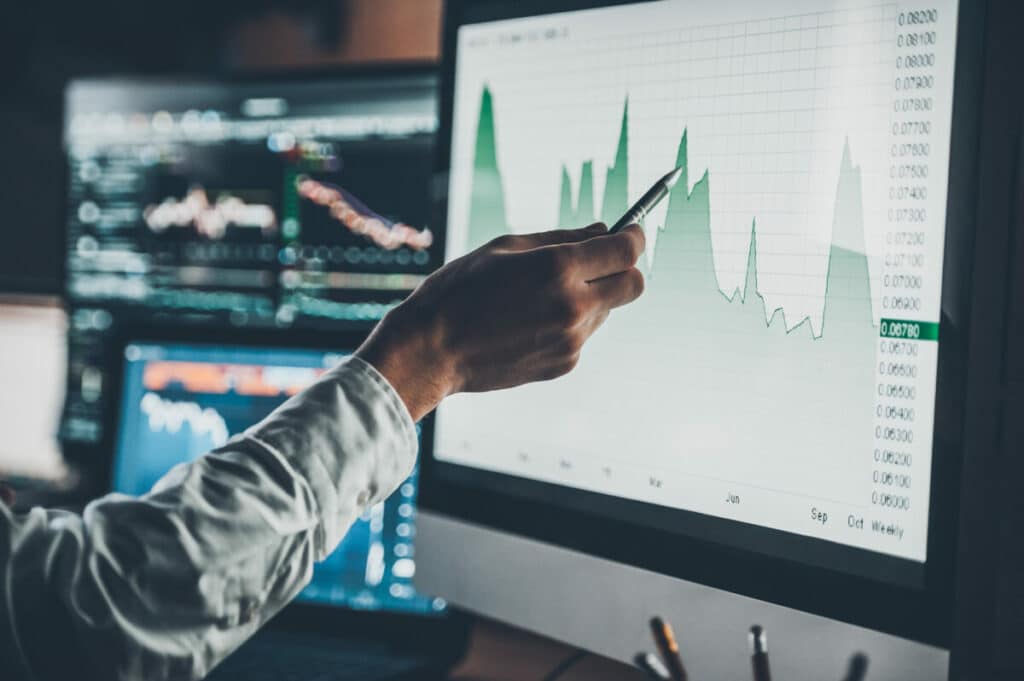
Brazilian stocks – are they worth investing in?
For investors seeking a positive market trend, the Brazilian stock market presents a lucrative opportunity. The Ibovespa, Brazil stock exchange a widely recognized index, surged 5.89% last year. This starkly contrasts the significant 20% decline experienced by U.S. stocks during the same period. While certain Brazilian stocks have exhibited volatility, investments in the largest equity market in Latin America are expected to remain profitable. Discover the numerous opportunities the largest country in Latin America offers the global investment community.
Investing in Brazilian Stocks – climate in Brazilian financial markets
During the last five years, while the economies of developed countries faced difficulties, Brazil and other countries known as BRIC (Russia, India, and China) received massive investments from investors. These emerging markets possess many of the world’s natural resources, youthful working-age populations, and growing household incomes. However, in recent times, investor confidence has declined.
There is a strong argument for long-term investors to continue investing in Brazil. While economic growth has slowed, Brazil’s gross domestic product is still projected to grow between 2% and 3% in 2013 and 2014.
Brazil’s increasing incomes have fueled economic growth over the past ten years. The country has become a significant consumer market, with 29 million individuals entering the middle class between 2003 and 2009. Currently, over half of the population, totalling 95 million people, reside in middle-class households, as the Getulio Vargas Foundation, a private research organization reports.
Investing in Brazil for Outside Investors
Brazil offers a highly permissive investment environment for foreign investors. Both individuals and corporate entities from abroad can invest in a wide range of financial and capital market instruments, just like their domestic counterparts. However, non-resident investors must engage local entities to serve as custodians and representatives for matters concerning regulations and taxes. Additionally, investors must fulfill various formal requirements, such as registering with the Brazilian Central Bank, the stock market regulatory agency known as CVM, and the Federal Revenue Service.
Let’s now review the most interesting Brazilian equities.
Investing in Brazilian Stocks – what is the Bovespa index
The Bovespa index, or Ibovespa, is the flagship index of the São Paulo Stock Exchange in Brazil. It is an index comprising approximately 100 of the main market capitalizations of the country treated at BM&FBovespa. Its quotation began on January 2, 1968, with an initial quotation of 100. Here are some of the interesting Brazilian companies to consider if you want to invest in Brazilian stocks.
GOL
Analysts unanimously appreciate the largest low-cost airline on the South American continent. They underline the recovery of the expected result for the coming years and the strong growth dynamic to which the management is committed. GOL will also benefit from the LAN (Chile) and TAM (Brazil) alliance to take additional market share, while the merged group will be busy generating synergies. Finally, GOL is increasingly active in freight activities, a segment that has experienced explosive growth over the past 12 months. In addition to the exchange risk linked to the Brazilian real, investors should bear in mind that the price of GOL is extremely sensitive to changes in oil prices.
Vale Stocks
It is one of the largest mining groups on the American continent. It exports most of its production to Asian markets. Vale, also listed in the United States and London, should soon be listed on the Hong Kong Stock Exchange. Management is implementing a major share buyback program and distributing a dividend which will provide a gross return of between 3 and 4%. The management, therefore, seems concerned about its shareholders. The only downside is the result’s sensitivity to changes in the real/dollar exchange rate and to changes in commodity prices. Two factors over which the group has little control.
JBS Stocks
Since its IPO (2007), the group has embarked on a policy of acquisitions (13 in total) to become the largest producer of animal proteins (beef, pork, poultry, milk) in the world. JBS exports to a hundred countries but is in the process of digesting these various acquisitions and reducing its debt. This should positively impact the group’s profitability in the years to come.
Marfrig Stocks
Another meat producer (the fourth largest group in the world for beef), but which is more focused on the domestic market. After numerous acquisitions (21 over the last three years), Marfrig is also in the process of digesting and reducing its debt. It strongly depends on Mcdonald’s, which is by far the group’s largest customer (40% of sales via the newly acquired Keystone). Average revenue growth will be around 15% for the next four years.
Other Recommended Brazilian Stocks
Apart from these 4 stocks, 6 other groups also benefit from significant support from analysts (more than 80% of positive opinions), but with a slightly less attractive upside potential: financials Bradesco and Itau, the mining holding company Bradespar (exposed in particular to Vale), the oil company OGX, the real estate developer PDG Realty and the diversified group (oil and sugar) Cosan.
Investors looking to invest in smaller Brazilian companies can consider the Van Eck Brazil Small Cap ETF (NYSE: BRF). This ETF focuses on companies that generate at least 50% of their income from selling products to Brazilian consumers. Another notable option is the WisdomTree Dreyfus Brazilian Real Fund (NYSE: BZF), which aims to generate returns based on money market rates in Brazil and the fluctuation of the Brazilian currency, the real, compared to the U.S. dollar.
How to Invest in Brazilian Stocks
Several ETFs offer investment opportunities in multiple Latin American countries, including Brazil. One such example is the iShare S&P Latin America 40 Index Fund (NYSE: ILF), which allocates about 60% of its investments to Brazil. Additionally, numerous mutual funds provide varying levels of exposure to Brazil and other Latin American countries.
What are the risks of investing in the Brazilian stock market?
Several analysts are calling for a degree of caution given the high public deficits and the relatively low level of investments (as a percentage of GNP). Therefore, investing in a market like Brazil is intrinsically more risky than investing in a European market. For what? Due, in particular, to the dependence of almost all equities on the prices of one or more raw materials, but also the greater vulnerability of the currency and equities to international financial flows.
Finally, if you aim to make an investment in the Brazilian stock market,scrutinize Brazilian equities performance. And make sure to do fundamental analysis by keenly following Brazilian stock market news.





